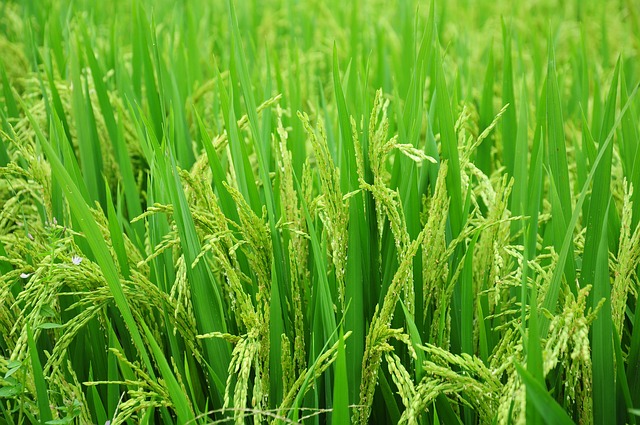A collaborative team led by Prof. BAI Yang and Prof. CHU Chengcai from the Institute of Genetics and Developmental Biology, Chinese Academy of Sciences (CAS), recently examined the variation in root microbiota within 68 indica and 27 japonica rice varieties grown in field conditions. They revealed that the indica and japonica varieties recruited distinct root microbiota.
In natural soil, plant roots provide an ecological niche for multiple soil microorganisms known as root microbiota. These microbes develop an intimate association with plants, enhancing plants’ nutrient uptake, growth and tolerance to pathogens.
Indica and japonica are the two major subspecies of cultivated rice (Oryza sativa L.). Indica varieties show better nitrogen use efficiency (NUE) compared with japonica varieties in the field; NRT1.1B contributes to this natural variation in rice. However, the effect of root microbiota on the NUE variation observed between the indica and japonica varieties is not yet clear.
The researchers established a model using a random-forest machine-learning approach. They found this model could accurately predict indica and japonica varieties in tested fields, suggesting that the root microbes can serve as a biomarker to distinguish indica and japonica varieties.
It is interesting that indica varieties had more bacteria associated with the function of nitrogen metabolism compared with japonica varieties, indicating that nitrogen transformation is more active in the root environment of indica rather than japonica varieties.
By comparing root-associated microbiota of wild-type varieties and the the nrt1.1b mutant, they found that NRT1.1B was associated with the recruitment of approximately half of the indica-enriched bacterial taxa.
Notably, wild-type varieties showed relative abundance of root bacteria that harbor key genes for the ammonification process; however, there was no such abundance in the root microbiome of the nrt1.1b mutant. This indicates that such root microbes may catalyze the formation of ammonium in the root environment.
Using an improved high-throughput protocol to cultivate and identify bacteria, the researchers successfully cultivated more than 70 percent of the bacterial species that were reproducibly detectable in the rice roots, and established the first systematic collection of rice root bacterial cultures.
They then used gnotobiotic experimental systems with a reconstructed synthetic community (SynCom) and found that indica-enriched SynCom showed a stronger ability to promote rice growth under a supply of organic nitrogen than japonica-enriched SynCom. This further suggests that indica-enriched bacteria may contribute to higher nitrogen-use efficiency in indica rice.
These results not only reveal the relationship between the root microbiome and NUE in rice subspecies, but demonstrate the role of NRT1.1B in the establishment of root microbiota. The bacterial culture collections provide a resource for functional research of root microbiota.
The research on the interaction between root microbes and rice has laid an important foundation for the application of beneficial microbes to the process of nitrogen utilization and provides a theoretical basis for reducing nitrogen fertilizer in sustainable agriculture.
Read the paper: Nature Biotechnology
Article source: Chinese Academy of Sciences (CAS)
Image: Trung Hieu Dang / Pixabay






